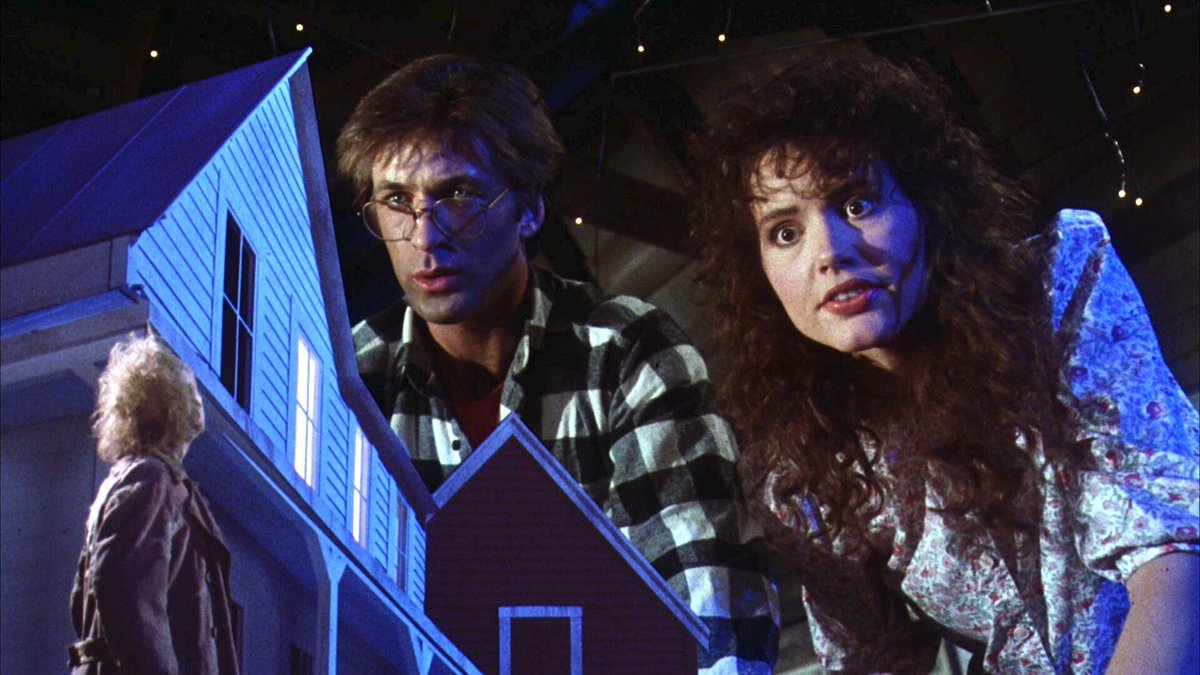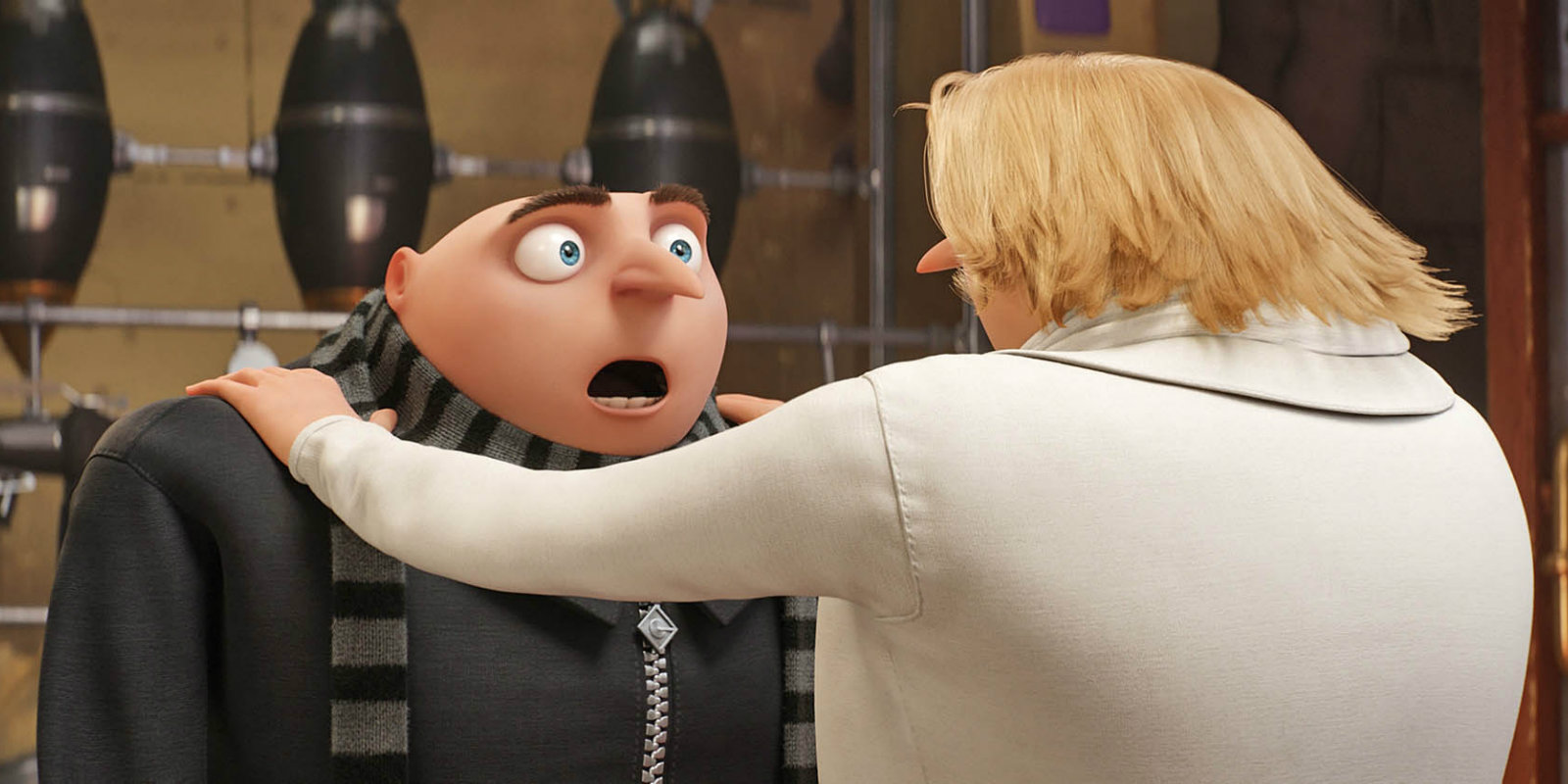1982’s Poltergeist might not be the first haunted house film, but it made you fear the white static of a television set. 2010’s Insidious does something similar, but added a twist of astral projection and possession to change things up. Water is scary because sometimes you have no choice but to be at the mercy of it. The ocean has a mind of its own, and despite knowing how to swim, the elements and animals might have something to say about it. The concept of a haunted pool might seem silly initially, but writer/director Bryce McGuire tries to bring emotional groundedness to an otherwise textbook series of paranormal activity.
The film begins with a young girl looking to be a good sibling to cheer up her sick, bedridden brother. Enter the family pool and a modernized boat in the middle of the night. However, things don’t go as planned, and something malefic takes the girl to an unknown destination. Many years later, the Waller family is in the market for a new home and settles on that particular one. The pool hasn’t been used in quite some time as some considerable gunk has been built up. Everything at least looks up to par, but McGuire and cinematographer Charlie Sarroff move to show little hints something is going on. This could be black water from the pool drain or slight shots at different angles to make the audience uneasy. Nightswim‘s central family is looking for a new start and a permanent place to stay. Ray (Wyatt Russell) had a great baseball career, but had to leave it behind because of a multiple sclerosis diagnosis. Something inside of him wants to make a comeback, but the physicality of the sport is growing increasingly difficult for him to endure.

Photo Credit: Universal/Everett Collection
His wife Eve (Kerry Condon) wants their family to stay put after many moving many times due to various trades and signings over the length of Ray’s character. Their daughter Izzy (Amélie Hoeferle) has had a better time taking the changes as they come. Their youngest son, Elliot (Gavin Warren), is having a more challenging time due to his shy nature. McGuire has the intention of bringing two stories together — at times, it feels like one is overtaking the other. The baseball/reclaiming dreams aspect of Night Swim is prevalent where a man is trying to get one more crack at the thing he loves, and his family is trying to fit around that. There’s a particular cruelty to how life can take something away from you before you’re ready to relinquish it. To their credit, Russell and Condon commit to the emotional aspect of those plot points. Another dramatic film exists where a family tries to find a way through a trying time.

Photo Credit: Universal;/Everett Collection
But Night Swim has to bring in the horror, and the result may vary. The pool itself has its lore encompassing Ray himself. Somehow and someway, Ray starts to get better the more and more he takes a dip. That power comes with a cost, and how it shows itself follows predictable pathways. In the third act, somebody has to get to the bottom of what’s happening. That usually requires an internet and driving long distances to track down the original owners. There’s also the aspect of much of the action being grounded in a somewhat narrow location. McGuire moves for many perspective changes and scenarios to make Night Swim uncomfortable. Even with that, the telegraphed jump scares exist with average-feeling entities that occur and quickly wear out their welcome.
Expanding a short horror film concept is always challenging because the effect of what you’re going for in a short time might wane. McGuire’s 2014 short that served as a template for the full-length feature shows why you should give it a shot. Aside from much of the repeating ambiance of discovering what separates you between a pool net and ghouls, Night Swim dips its toe in two waters and doesn’t quite gain the temperature of either.













